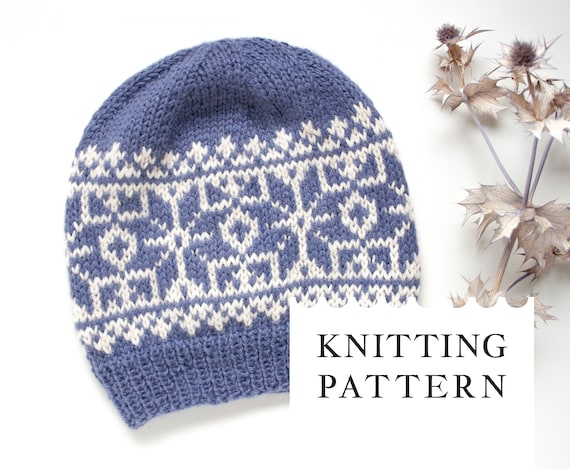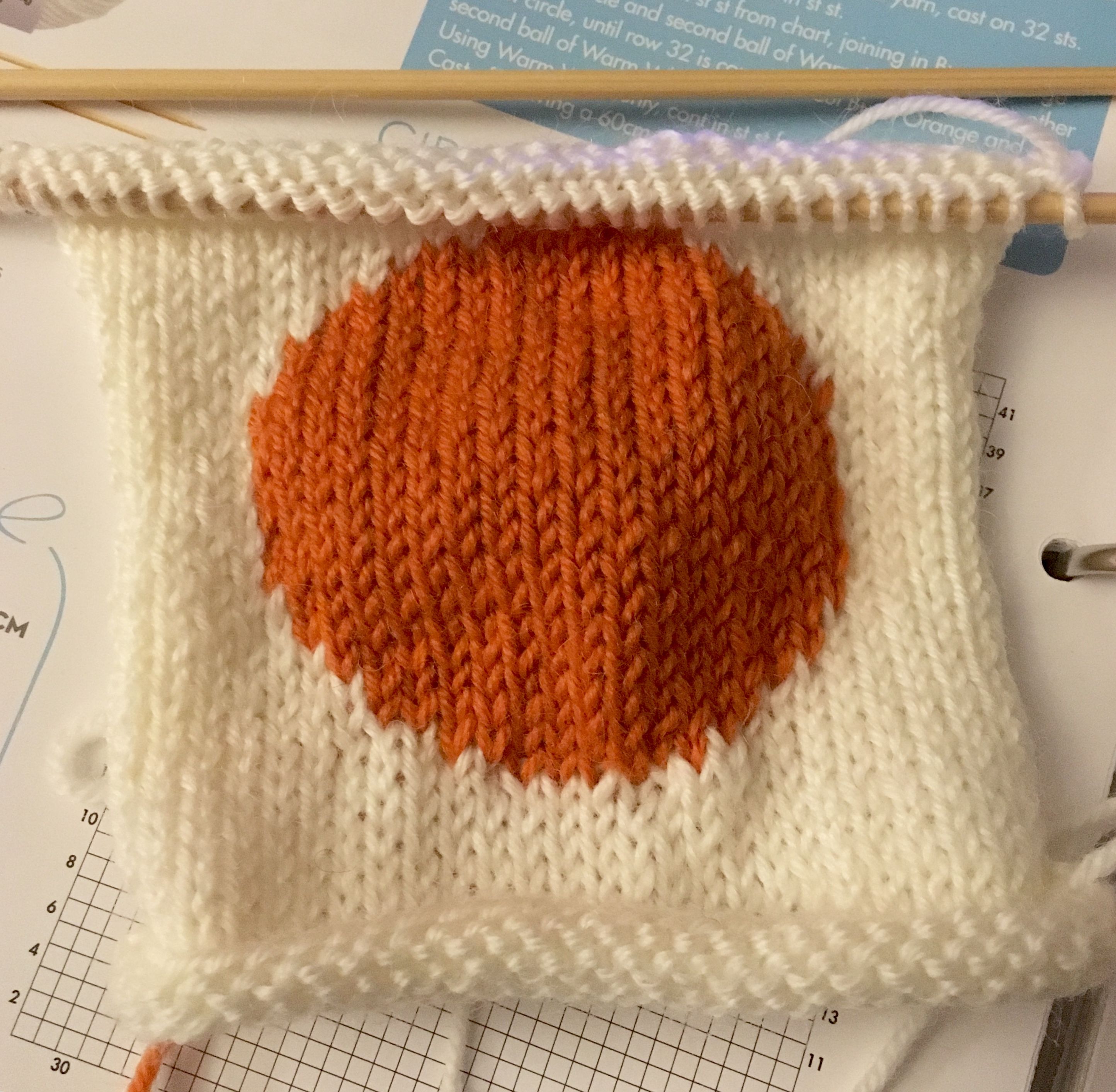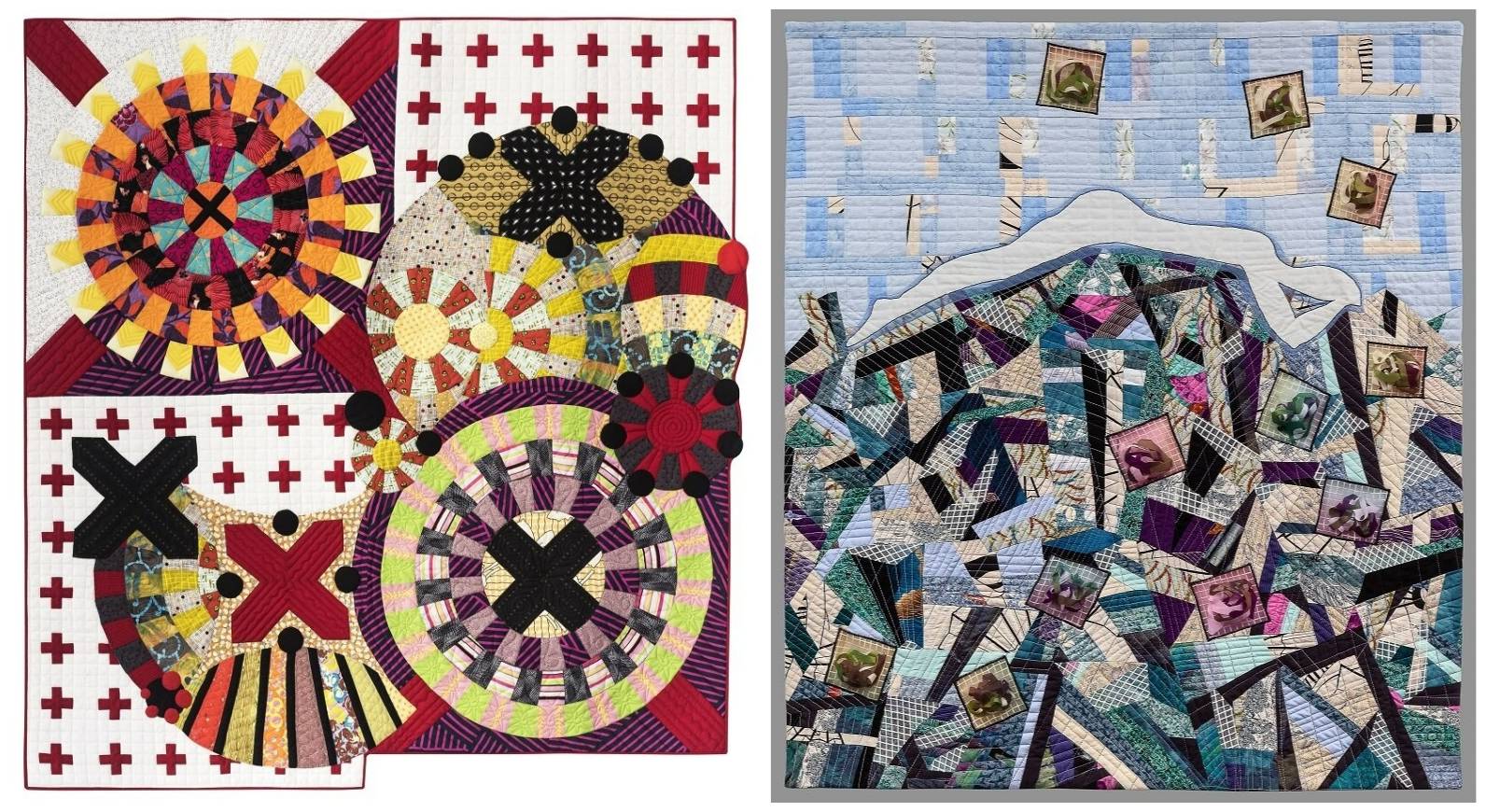
For shaping garments, increasing stitches is necessary. It can also alter the knitting pattern. It is crucial to learn the techniques involved in knitting increases so you can properly use them. Some increases can appear very subtle, while some can have a dramatic effect on a project's overall stitch pattern. Many patterns will also recommend which increase to use. This is helpful to knitters as it gives them an understanding of what the designer is looking for. This will allow knitters to make better decisions.
The most common increase is a single increase, which works two stitches into one. This is usually worked on the right side of the work. This stitch is commonly abbreviated M1. This stitch is worked by inserting the right needle from the top to bottom of the stitch's head. The yarn will be wrapped around the needle's tip in an anticlockwise fashion.
A double increase is a more difficult increase. It combines three stitches in one stitch. This can be used in conjunction or as a separate technique.

You can also make a loop or bar from your working yarn to increase the number of stitches. This is a fun and easy way to increase the stitch count, but it can also be quite difficult to do if the project has tight deadlines. A knitted or purled crochet can create the bar. The trick is finding the bar. This can be difficult if your knitting is tight.
Another method for increasing stitches is to knit front and back. This increases one stitch into two, and leaves a bar of yarn on the right side of the work. This type increase is often decorative and can be hidden within seams. It can also be used in Easy Slumber Socks.
All increases are variations on a purl stitch. These variations can cause tiny holes in the knitting. They are easily visible when the knitting is completed, but they might not be obvious if you are working with dense fabrics. Other types of increases are also available in certain patterns. Some increases include using a strand to connect two stitches or knitting in the stitch's back loop.
Another trick to remember is to stitch one row above the first. This technique is known as the knit front and rear and it is very fun to use. This is most commonly used at row's end, or when the row is finished in a purl-stitch pattern.

The video below shows some of most common knitting techniques. Each of these techniques has their advantages and disadvantages. Knitters can choose the best technique to use when creating a pattern.
FAQ
How do I start my new hobby?
You must decide what hobby you want before you start any new hobby.
Once you have decided on your subject, passion is the key.
It is essential to understand the reasons you want to start a hobby. This will help you to find your purpose and direction.
Once you've chosen the hobby you would like to pursue you can start planning.
Take a look at the equipment you will need.
You might need to consider whether you should attend classes or seminars.
Make sure that you have enough space in your home for your hobby.
It might also be worth considering joining a group or club. These groups can offer support and guidance.
The last thing you should do is think about how much money it would cost to pursue your hobby.
Why do we need hobbies
Hobbies are an important part of our lives because they give us time to relax, unwind, think creatively, exercise, socialize and enjoy ourselves. You can also learn new skills and develop lifelong interests.
Hobbies are a way to find meaning and purpose.
These can often be a great way to get some extra time while you have nothing else.
They are also very entertaining!
If you don’t make time for a hobby then it’s probably not worth your time.
Consider all of the possibilities available to your. Perhaps you should get a hobby started today if you don’t already have one.
What kinds of hobbies are appropriate for introverts.
The ability to focus on just one thing is a hallmark of introverts. They tend to prefer solitary activities such as reading, writing, playing music, watching movies, etc.
They also like to be alone. They are not social creatures and don't want to be around people all day. They often feel bored when they are surrounded by people.
Introverts are often drawn to hobbies that require solitude. You might find them reading books, listening, playing music, taking photos, writing poetry or painting.
Some introverts even choose to live alone. They are able to concentrate on their hobby while not being distracted by other activities.
What are your top hobbies?
You can find the best hobbies that you love doing for yourself. If you enjoy what you do, it will be much easier to keep going. You will have a reason when you feel sick or tired.
The hobbies we all love are gardening, painting and crafting, photography.
You might also consider volunteering at a local charity shop or animal shelter, children’s hospital, hospice, elderly home, school, community centre, church, and other places.
Perhaps you want something more adventurous. Consider scuba diving and skydiving.
There are many ways to enjoy nature, even if you don't want to travel far. You can go cliff diving, cave tubing or snowshoe hiking, snowshoeing or snowkiting.
What are your educational hobbies and interests?
An educational hobby is an activity where you learn something by doing it. You could choose to learn how to play an instrument or play sports.
It should be enjoyable and have fun. It doesn't have to be done all the time. However, if you get bored of it, you should think about other things you can do instead.
You also want to ensure you're not spending too much on these activities because they can end up costing you more than they're worth.
Statistics
- The intensity of the dialogue partners' bond at the end of the forty-five-minute vulnerability interaction was rated as closer than the closest relationship in the lives of 30 percent of similar students. (time.com)
- This 100% accurate personality-analyzing hobby quiz discovers your passion based on your characteristics. (quizexpo.com)
- Much of this decline reflects the fact that teens are less likely to work today than in the past; among employed teens, the amount of time spent working is not much different now than it was around 2005. (pewresearch.org)
- A new survey by Pew Research Center of teens ages 13 to 17 finds that 36% of girls feel tense or nervous about their day every day; 23% of boys say the same. (pewresearch.org)
- I am 100% biologically a woman (discover.hubpages.com)
External Links
How To
How to get started gardening
Gardening is one form of agriculture that dates back to the beginning. It requires patience, persistence and determination. You must choose a suitable location to start your garden. This could be on a large piece of land or in your backyard. Next, decide what type of plants you want to grow. Do you prefer flowers over vegetables? Some people love to grow herbs, while others enjoy raising animals like rabbits. Before you decide on the type of crops you want to plant, it is important to consider the space available. You might consider growing berries or fruits if you live in a cold climate.
Once you have made your choice, it is time to prepare the soil. How your plants perform is dependent on how well the soil you use. Good quality soil contains organic matter that helps feed your plants' roots. Organic matter can include leaves, twigs and grass clippings as well as manure and compost. Once your soil is prepared, it's time to add nutrients. You may need different amounts depending on what type of plants you are trying to grow. You can calculate these values online with a fertilizer calculator. Many fertilizers are available, so make sure you know what you are buying.
Now you need to wait for the seeds to germinate. The process takes between 2 weeks and 3 months depending upon the climate in your area. Once the seeds have sprouted you will need to water them often. Problems can arise if you water your plants too frequently or too little. Make sure to give your plants water at regular times and not overwater. Overwatering can result in root rot, fungal diseases, and even death. When watering your plants, remember that most plants require less water during the warm summer months than in winter. Remember that some plants require drying out after being watered. For example, tomatoes need to stay slightly moist but not wet. They won't tolerate soggy soil. After they have finished flowering, they must go dormant. Dormancy occurs when plants stop producing any new growth and start to store energy for the next harvest. Dormancy is when the plant stops sending signals back to its roots for food production. During this period, plants continue to store energy. The plant will eventually die if it is not given enough sunlight or temperatures below freezing.
You may be limited in what plants you can grow if you live in an urban area. Concrete sidewalks, roads or parking lots can block sunlight from reaching urban areas. Concrete absorbs light and prevents soil below from getting sufficient sun exposure. Many plants can't thrive in urban environments because they lack sunlight. There are still plants that thrive in urban environments. Many trees, shrubs, and perennials can adapt to city living. Many annuals can be grown indoors, too, in containers. Container gardens can be used to grow greenery indoors year-round, no matter what the weather outside.
Now you're ready to plant.